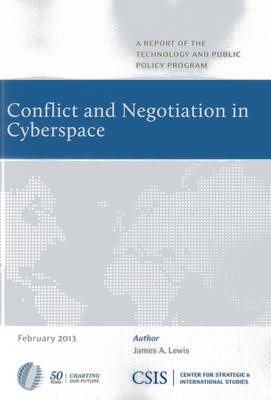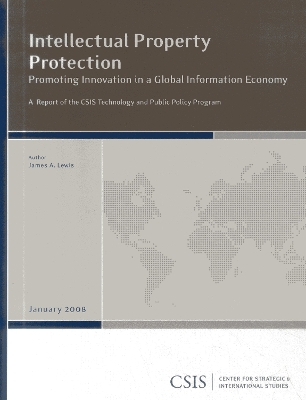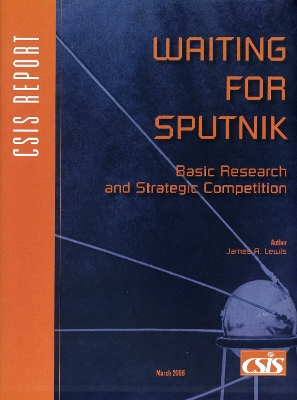CSIS Reports
5 total works
This report looks at the political-military aspects of cybersecurity and attempts to place it in the larger context of international security. Networks are embedded in our economies and our political and social life. They have become the central tool for human activity. These networks form cyberspace. They hold information of immense value, and they control the machinery that provides critical services. They create immense economic benefit, but they are also a major source of risk to nations. Governments have been hesitant to interfere with the golden economic machine, and the result is a weakly governed space, much like a failed state or contested terrain. Cybersecurity has been an issue for national security since the 1990s, but the U.S. response has been ad hoc and reactive, marked by uncertainty over how to deal with a major new problem for international security. This report identifies six principles that should guide the United States in developing a strategic approach to cybersecurity.
The Effect of Encryption on Lawful Access to Communications and Data
by James A Lewis, Denise E. Zheng, and William A Carter
Published 20 March 2017
The Internet has become central to global economic activity, politics, and security, and the security environment has changed recently, as we face much more aggressive state actors in espionage. Terrorists and criminals find creative ways to leverage the latest technologies to evade security and privacy protections, but there may be technical and policy solutions that can balance national security and public safety with protection of privacy, civil liberties, and a functioning global Internet ecosystem.
Leveraging the Internet of Things for a More Efficient and Effective Military
by Denise E. Zheng and William A Carter
Published 7 October 2015
The Internet of Things (IoT) is transforming the way organizations communicate, collaborate, and coordinate everyday business and industrial processes. Adoption of IoT technologies has proven beneficial to organizations that manage large numbers of assets and coordinate complex and distributed processes. Decades ago, the U.S. Department of Defense (DoD) pioneered the sensor, computer networking, and communications technology that serve as the foundation of IoT, but today the U.S. military is struggling to equip its workforce with the basic functions provided by commercial smartphones. DoD continues to drive innovation in advanced sensors and control systems, but it is falling behind in deployment of IoT technologies that have the potential to deliver new capabilities and cost savings. Based on in-depth research and interviews with 29 government and industry executives and subject matter experts, this report suggests ways in which the U.S. military could better leverage IoT technologies to improve efficiency and effectiveness.




